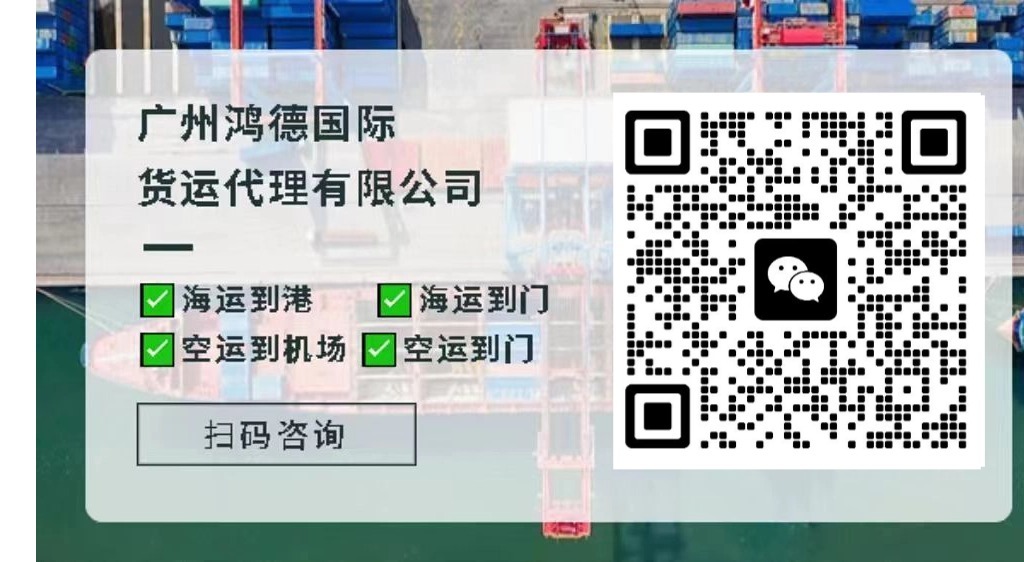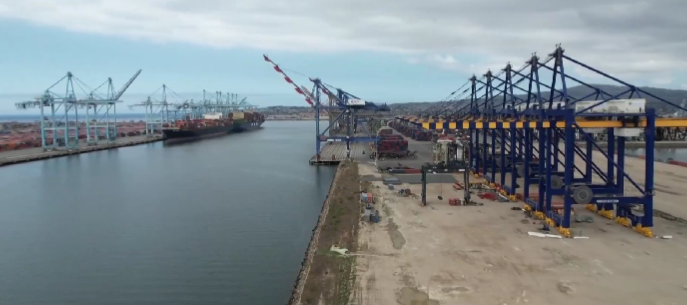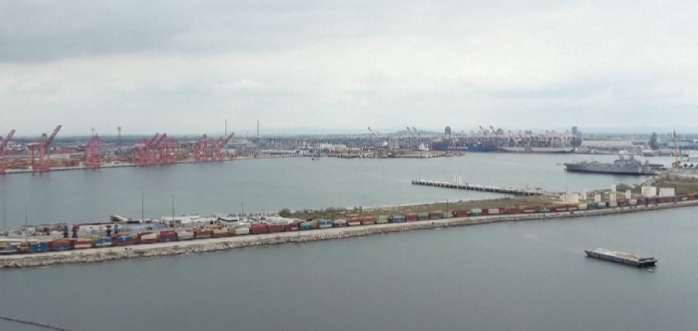The largest container port in the United States has only 5 ships, and cargo volume has plummeted! | Maritime export logistics
Jun 06,2025

On June 3, 2025, the words of Gene Seroka, executive director of the Port of Los Angeles, stirred up waves in America's economic circles like a boulder thrown into a calm lake. He noted with heavy weight that freight volumes at the Port of Los Angeles were experiencing a free fall, falling to their lowest levels in recent years.
The Port of Los Angeles, known as America's "first container port," is supposed to be synonymous with busyness and prosperity, but is in an unprecedented downturn. The number of ships arriving at the port each day in recent week was only five - half the rate of the same period in previous years and a direct reduction of half.

Dock workers' job orders suffered a "cliff edge" decline in just two weeks, reducing by a full half. These cold data, like sharp knives, have punctured the appearance of economic vitality in the United States and stung confidence in its economic prospects.
Gene Seroka was not shy about mentioning that the ongoing tariff negotiations between the United States and countries are mired in a fog of chaos and uncertainty. Many enterprises have lost their way in this fog and are afraid to move lightly to underground new orders. They fear that they will be caught in the middle of trade risks if they don't care. And the continued decline in freight traffic at the Port of Los Angeles has signaled to the world ahead of time that the U.S. economic outlook is dangerous.

The US government's recent erratic approach to tariff policy is undoubtedly behind this port crisis. Industry insiders had warned long before that the Port of Los Angeles would suffer a heavy blow to cargo volumes in May. Now, Gene Seroka's words reinforce that concern.
At a time when it was supposed to be the peak shipping season, operations at the Port of Los Angeles reversed course and showed a bleak outlook. According to him, freight volumes have already declined by 30 percent in the first and fourth weeks of May, and throughout May, freight traffic at the Port of Los Angeles is expected to decline by two hundredths of a percent year-on-year.
The crisis, which has seen freight volumes plummet, has begun to trigger a series of troubling knock-on effects. The slump in the number of cargo ships has led to a fall in demand for unloading and moving workers, and a severe hit to the port job market is a foregone conclusion. To make matters worse, 10 ships scheduled to arrive in the Port of Los Angeles in June have canceled their trips, adding to the already troubled port.
The Port of Los Angeles plays an important role in the trade map of the United States. It is the largest maritime gateway for Chinese goods to enter the United States. Its main customers include retail giants such as Walmart and parts suppliers to carmakers such as Ford. Once the transportation of goods by these enterprises is blocked, it will not only disrupt the rhythm of its own supply chain, but also potentially trigger a chain reaction of the entire industrial chain.
The data released by the National Retail Federation has cast a heavy cloud over the U.S. economy. In the second half of 2025, U.S. imports are expected to decline by at least 20 percent year-on-year. At a time when the global economy is tightly interconnected, the decline in freight volumes at US ports not only reflects the woes of the domestic economy, but is likely to cast a huge shadow over the global trade landscape.
If the U.S. government remains hesitant and inflexible on tariff policy, the Port of Los Angeles and the entire U.S economy may be shaking for longer in this "cold winter."
Previous Page:
Recommend

Make global trade unimpeded
Contact Phone


Contact Us
Copyright ©Guangzhou Hongdex International Logistics Co.,Ltd
Hotline: 020-84608598
Whatsapp: 18011705178
QQ:2853396538
Email: 2853396545@qq.com
We will provide you with timely feedback










